520-216-7533
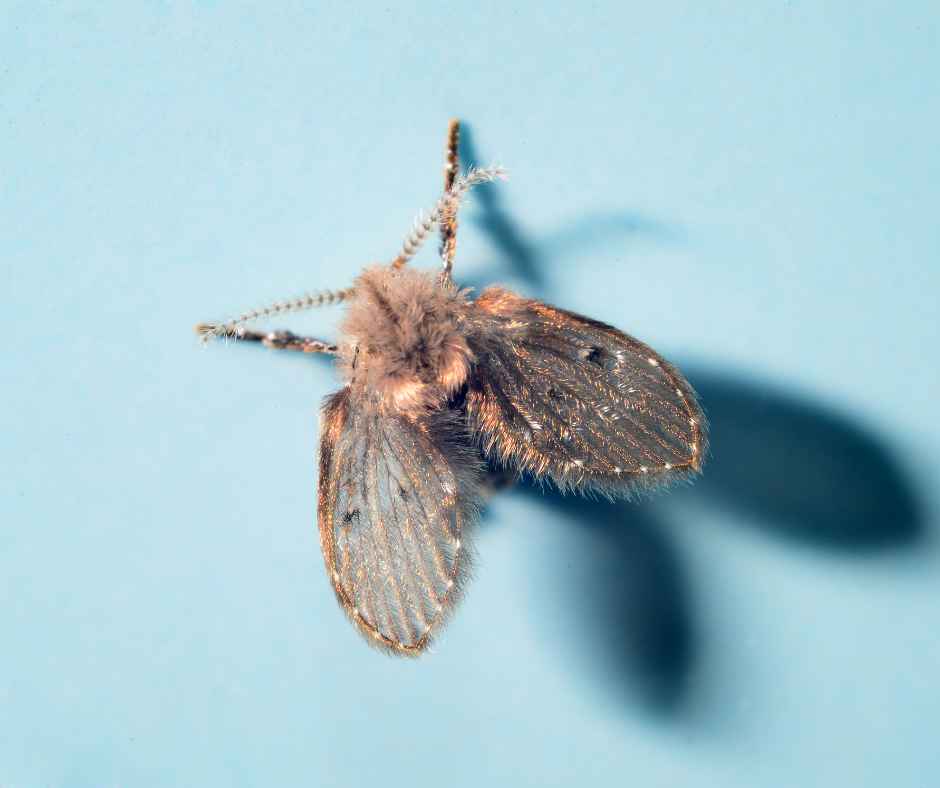
How to Get Rid of Drain Flies
April 17, 2025
You spot tiny bugs hovering near your sink or shower—and no matter how many you swat, they keep coming back. Drain flies, also called moth flies, may look harmless, but they’re a persistent nuisance that can quickly take over your bathroom or kitchen. These fuzzy, slow-moving insects thrive in moist environments, particularly in the organic buildup inside your pipes and drains.
While they don’t bite, they’re unsanitary and often a sign that your plumbing needs attention. So how do you get rid of drain flies—and make sure they stay gone? In this blog, we’ll show you how to identify, eliminate, and prevent drain fly infestations effectively and safely.
What Are Drain Flies?
Drain flies are tiny, moth-like insects that often appear near sinks, bathtubs, showers, basement floor drains, or any place with standing water and organic residue. They thrive in damp, decaying matter—particularly the gunky film that builds up inside drains over time. Despite their size, they can multiply quickly and become a major household nuisance.
Here are a few quick facts about them:
- Appearance: Gray or dark-colored with fuzzy bodies and wings, resembling miniature moths.
- Size: Roughly 1/8 inch long, small enough to go unnoticed until there’s a cluster.
- Activity: Most active in the early morning or evening.
- Habitat: Attracted to moist, slimy sludge inside pipes, drain traps, and septic tanks.
Though not directly harmful to humans, drain flies can spread bacteria and other microorganisms they pick up while feeding or laying eggs. They’re particularly common in warm, humid environments and homes with aging or neglected plumbing.
How to Identify a Drain Fly Infestation
You might assume you’re just seeing regular fruit flies or gnats—but drain flies have distinct behaviors and habitats. Knowing how to identify them helps you respond more effectively.
Signs to Watch For
- Hovering near drains: You’ll often notice them flying low around kitchen or bathroom sinks, tubs, or showers.
- Clusters on walls or tiles: They tend to rest in small groups near the breeding ground, especially along walls and baseboards.
- Slow, lazy flight patterns: Unlike quick-moving houseflies, drain flies have a weak flutter and are easily swatted.
- Visible gunk: You might see sludge or larvae clinging to the inside of your drain or around the opening.
Confirming the Source
If you’re unsure which drain is causing the problem, try these quick methods:
- Tape Test: Place a piece of clear tape, sticky side down, over the drain opening before you go to bed. If you find tiny flies stuck to the tape in the morning, you’ve identified the culprit.
- Sniff Test: Take a close sniff of the suspect drain. A foul or musty odor is often a sign of organic buildup—an ideal breeding ground for drain flies.
Identifying the source is essential. Even if the flies are visible around one area, the breeding ground could be a separate drain—or even a floor trap in another room.
How to Get Rid of Drain Flies
Once you’ve located the source, it’s time to take action. Getting rid of drain flies requires a combination of cleaning, trapping, and prevention to break the breeding cycle.
Step 1: Clean the Drain Thoroughly
This is the most important step—drain flies lay their eggs in organic buildup lining your pipes.
Here’s how to clean effectively:
- Remove the drain cover. Use a screwdriver or tool as needed.
- Scrub the inside of the drain. Use a long, stiff-bristled pipe brush to reach deep into the trap and sides of the drain.
- Flush with boiling water. Pour several cups down the drain to help dislodge eggs and kill any larvae.
- Use an enzymatic drain cleaner. These products digest the organic matter without harming your plumbing or the environment. Follow the directions carefully.
Repeat this process for every affected drain in your home. Even if one drain seems worse, others may also contain eggs or larvae.
Step 2: Set DIY Traps for Adult Flies
While cleaning the source, you can reduce the adult population using simple traps.
Apple Cider Vinegar Trap:
- Fill a cup with apple cider vinegar and add a few drops of dish soap.
- Place the cup near the affected drain and leave it overnight.
- The vinegar lures the flies, and the soap traps them by breaking the surface tension.
Other DIY options:
- Sticky fly traps placed near drains or along walls.
- Plastic wrap trap: Cover the drain with plastic wrap and poke small holes. Flies will exit but won’t be able to re-enter.
These methods help reduce visible flies but won’t eliminate the source alone.
Step 3: Disinfect the Surrounding Area
Drain flies can also rest or lay eggs near damp surfaces.
Be sure to:
- Wipe countertops, sink rims, and nearby walls.
- Clean under sinks, inside cabinets, and around trash bins.
- Use disinfectant or a vinegar-and-water solution to kill lingering bacteria and remove smells that attract flies.
When to Call a Professional
DIY methods are effective for most minor infestations—but sometimes, the problem goes deeper than surface-level cleaning. Here’s when to bring in a pro:
- The flies return after multiple cleaning efforts.
- Multiple drains are affected, indicating a larger plumbing issue.
- You suspect hidden leaks, broken pipes, or standing water inside walls or crawl spaces.
- Your home has a septic system that may be backing up.
- You simply want peace of mind with a full inspection.
Pioneer Plumbing Heating & Cooling offers professional drain cleaning and plumbing inspections to identify and correct the root of the problem. From deep pipe cleaning to leak detection, our licensed plumbers ensure your drains are clear and your home stays fly-free.
How to Prevent Drain Flies in the Future
Once you’ve removed drain flies from your home, the key to keeping them out is consistent maintenance.
Daily and Weekly Habits
- Run water regularly: Especially in guest bathrooms or basement drains that don’t get frequent use.
- Use baking soda and vinegar: Weekly treatments with this natural combo help break down organic buildup. Pour ½ cup baking soda, then 1 cup vinegar. Let sit for 15 minutes, then flush with hot water.
- Use enzyme-based cleaners: These are excellent for monthly maintenance and safer than chemical alternatives.
- Cover your drains: Mesh strainers catch food scraps and hair, reducing buildup.
Long-Term Prevention Tips
- Fix leaks promptly: Water under sinks or behind walls can lead to hidden infestations.
- Install a dehumidifier: In humid homes, this reduces the moisture level that attracts drain flies.
- Clean garbage disposals: Food particles left behind can decay and provide an attractive environment for flies.
- Flush floor drains: Basement or garage floor drains can dry out and provide a breeding spot. Pour water weekly to keep traps filled.
- Schedule annual plumbing inspections: Preventive maintenance ensures your pipes stay clean, clear, and pest-free.
Wrap-Up: Say Goodbye to Drain Flies With Help From Pioneer Plumbing Heating & Cooling
Drain flies might be small, but they’re a big nuisance if left untreated. Fortunately, with a little know-how—and a lot of drain cleaning—you can send them packing for good. From DIY drain scrub-downs to professional plumbing solutions, the key is consistency and thoroughness.
Still struggling with pesky flies? Pioneer Plumbing Heating & Cooling is ready to help. Whether it’s a recurring infestation, a hidden leak, or a stubborn clog, our team can tackle the root of the problem and keep your home clean and comfortable.
Contact Pioneer Plumbing Heating & Cooling today to schedule a full drain inspection and kick those drain flies out—for good.
Recent News

Why Is My Air Conditioner Blowing Warm Air? Common HVAC Issues in Tucson
July 17, 2025
Why Is My Air Conditioner Blowing Warm Air? Common HVAC Issues in Tucson
July 17, 2025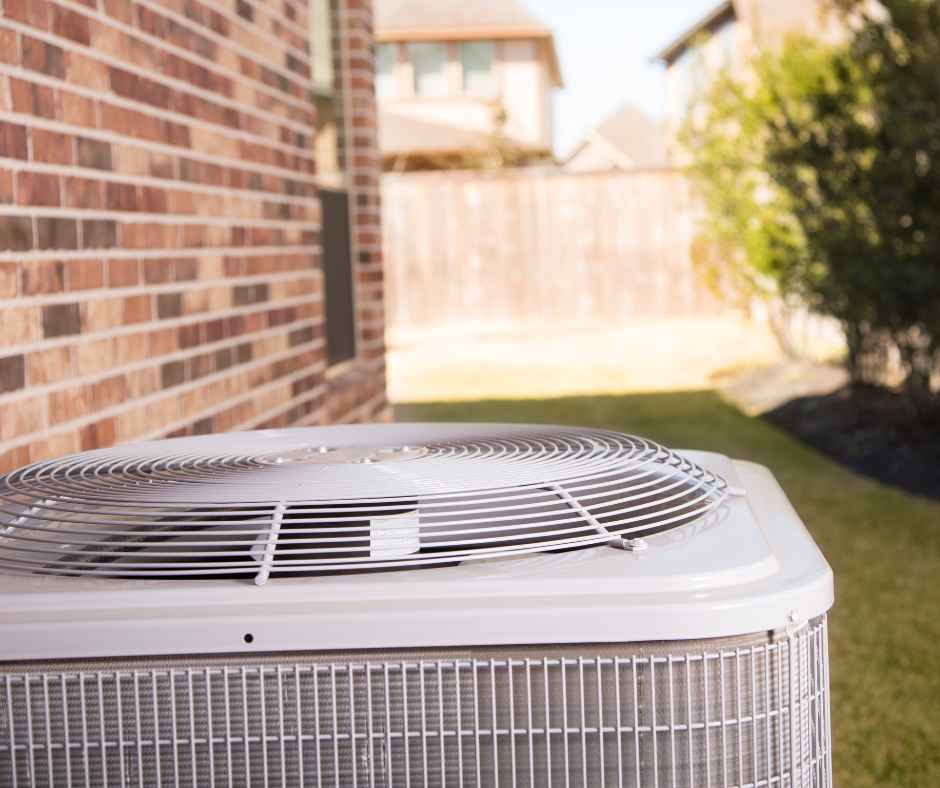
Why Is My Air Conditioner Not Working?
June 20, 2025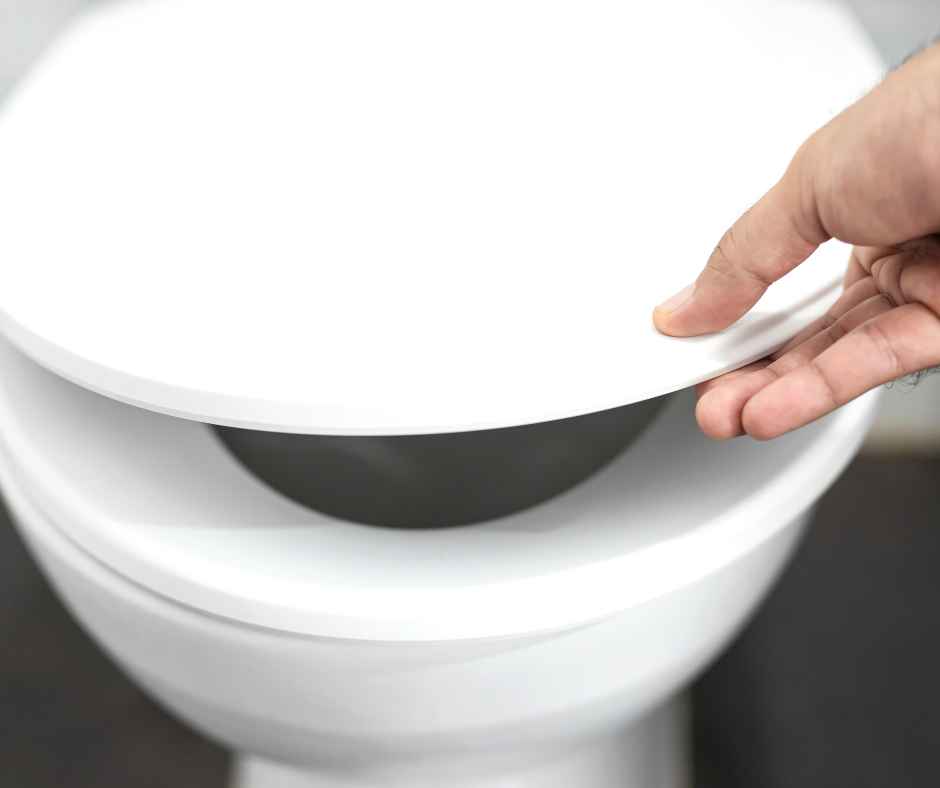
Why Is My Toilet Running?
May 16, 2025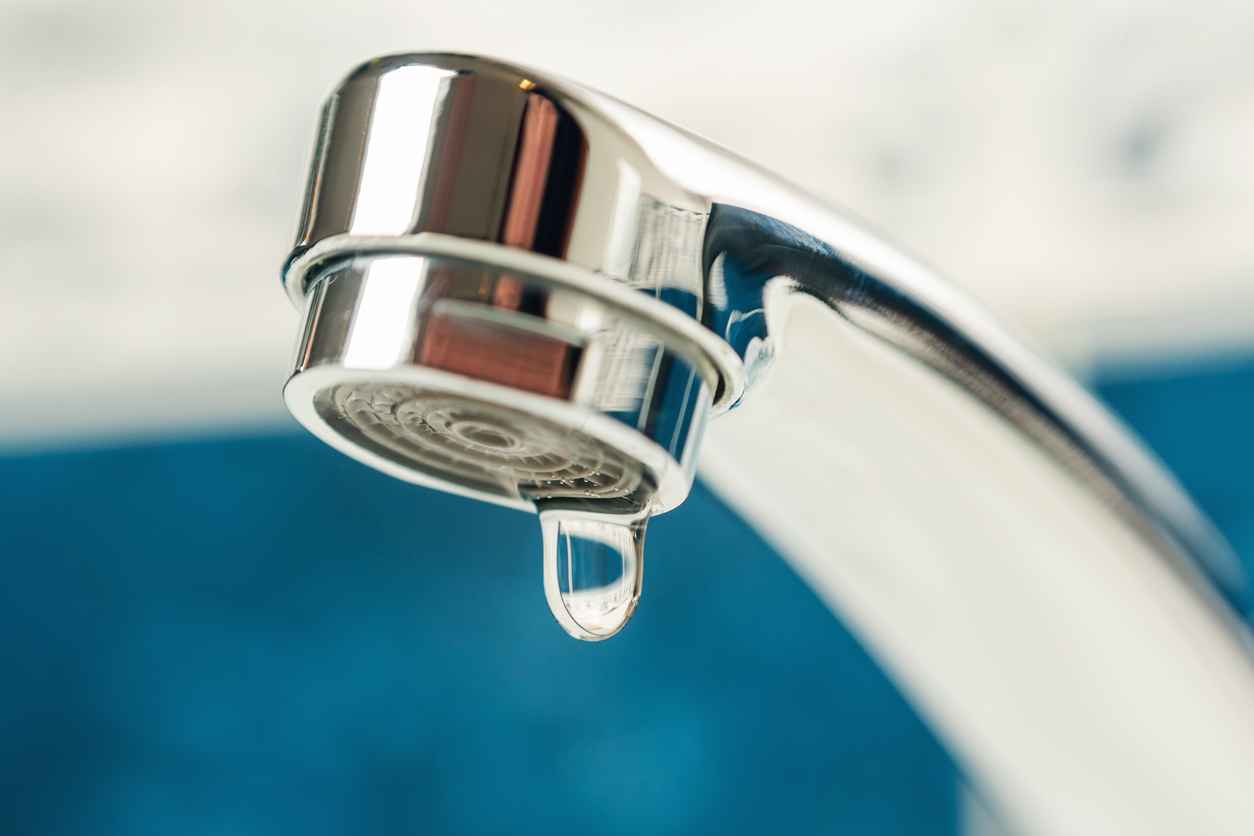
How to Fix a Leaky Faucet
March 6, 2025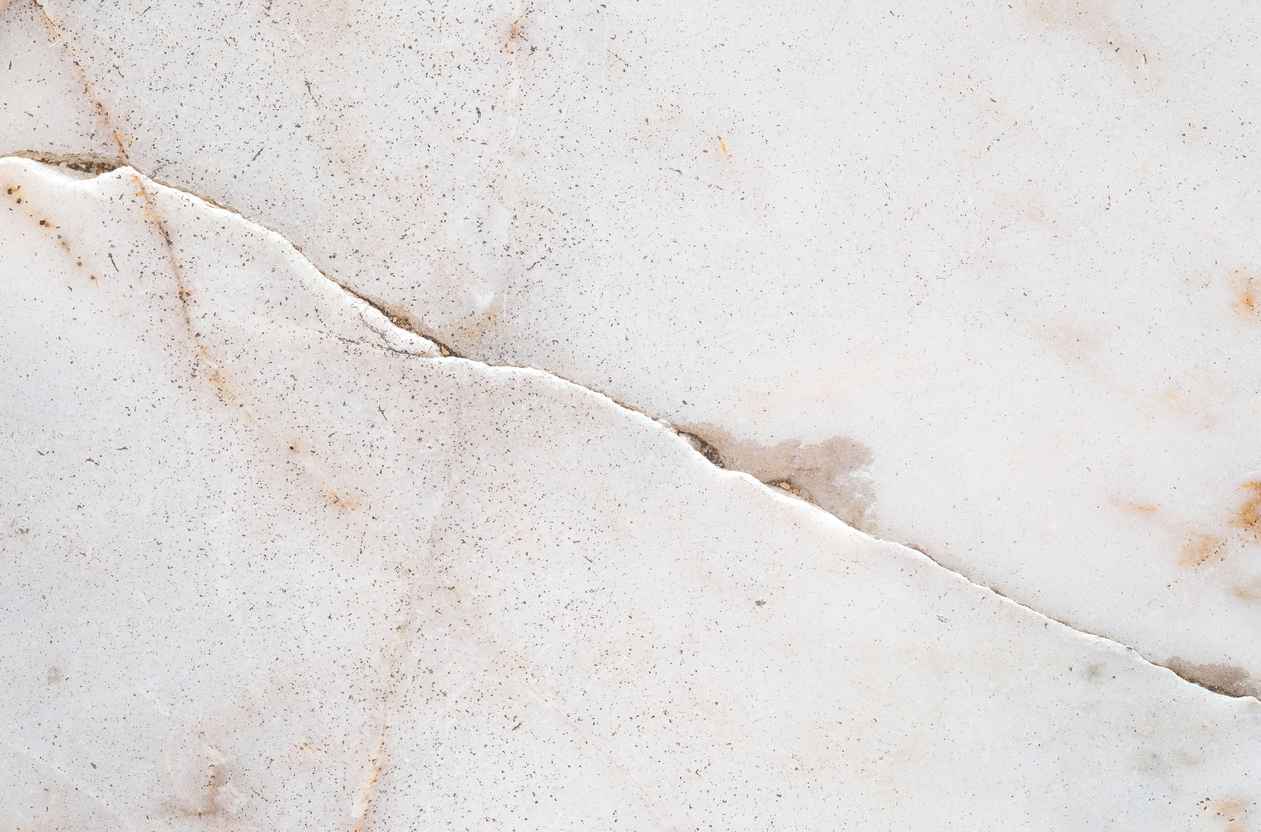
What is a Slab Leak?
February 18, 2025
